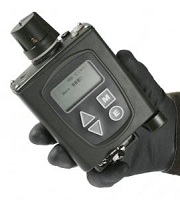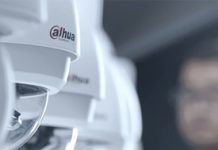Smiths Detection Inc. (SDI) is involved in an additional study with the Department of Defense to further refine the performance of the Chemical Explosives Detector (CED) Adapter for use with the M4A1 Joint Chemical Agent Detector (JCAD).
With tens of thousands of M4A1 units supplied to U.S. troops worldwide, JCAD is one of the most widely used chemical warfare agent detectors in history. The CED adaptor development effort expands the currently fielded M4A1 JCAD vapor detection capability to allow for the detection of low volatility compounds, explosives, and pharmaceutical based compounds, without any modification to the existing JCAD hardware. This expanded detection capability will provide additional protection for service personnel in the field.
The CED initiative attempts to enable technology re-use to leverage existing investments in fielded equipment. Research and development began in 2017 and will continue through 2018.
The JCAD is based on SDI’s Lightweight Chemical Detector (LCD) product line of advanced, easy-to-use and lightweight threat detection devices that are handheld or easily strapped to a belt. The LCD is a cost-effective and reliable solution that protects military personnel, police and hazmat responders by alerting operators to toxic substances and dangerous chemicals detected.
“As our enemies continue to develop more explosives and chemical weapons across the globe, our warfighters need cutting-edge solutions to help protect them in their mission. This latest development programme pairs SDI’s world-class explosives detection capabilities with one of the most advanced defence agencies in the world,” said Shan Hood, President of SDI








